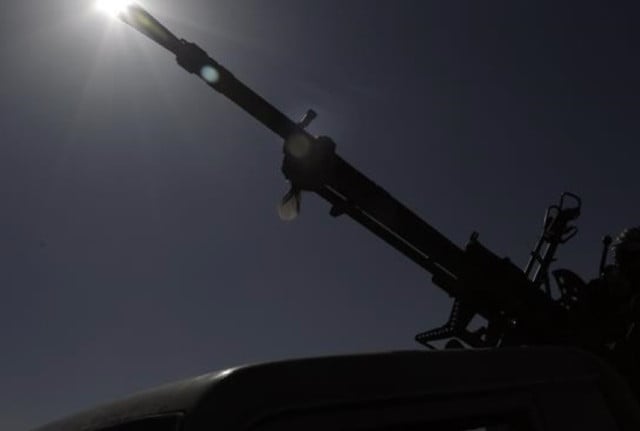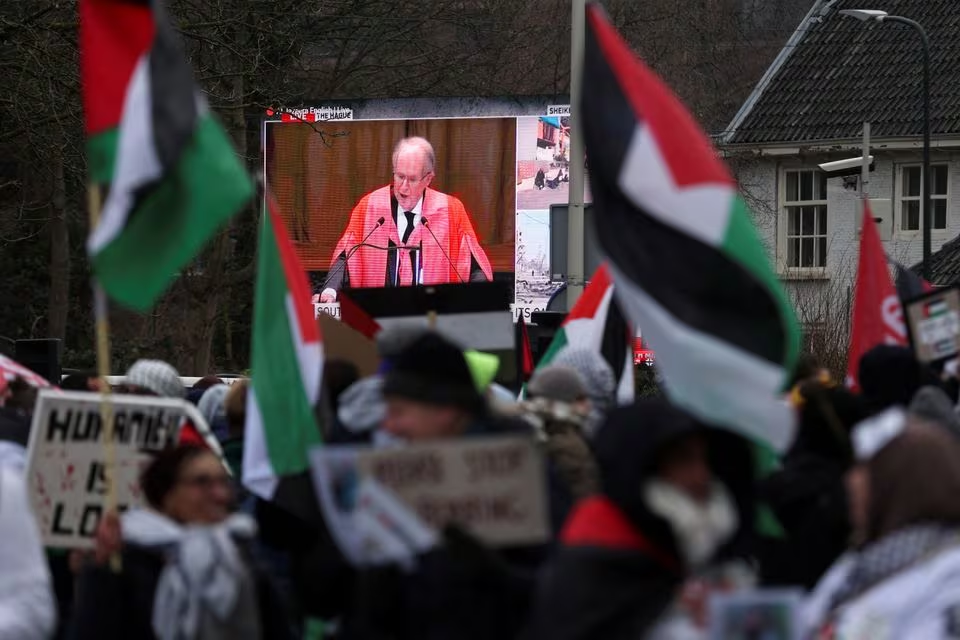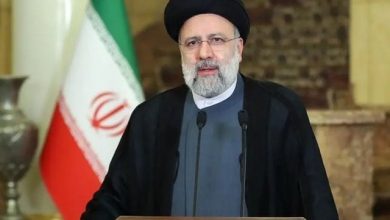US deploys B-2 bombers to attack Houthis in Yemen

The United States military said it had launched attacks targeting underground weapons storage facilities in Yemen controlled by the Iran-aligned Houthi group using B-2 Spirit stealth bombers.
This move comes amid heightened tensions in the region, especially in the backdrop of Israel’s ongping onslaught on Gaza and attacks on Lebanon.
According to US Secretary of Defence Lloyd Austin, the attacks were aimed at five fortified underground locations.
Claims were made these sites are reportedly used to store advanced weapons components, which the Houthis have utilised in their attacks on both civilian and military ships in the region.
Austin claimed that there was strategic significance of the attacks, noting that they were a “unique demonstration” of US capabilities to target deeply buried and hardened facilities that adversaries seek to protect.
The strikes targeted areas around Yemen’s capital, Sanaa, which has been under Houthi control since 2014, as well as the group’s stronghold in Saada.
While initial reports from the Houthis’ Al Masirah TV mentioned airstrikes,no immediate details on the extent of damage or casualties is known.
The Houthis, officially known as Ansar Allah, are a Yemen-based group that has been involved in a long-standing civil war against the Yemeni government, which is backed by a Saudi-led coalition.
The conflict began in 2014 when the Houthis, who follow the Zaidi sect of Shia Islam, took control of Yemen’s capital and forced the internationally recognised government into exile.
The US has increasingly targeted the Houthis due to their activities in the Red Sea, a crucial global trade route.
Since November 2023, the Houthis have engaged in retaliatory strikes against numerous Israel-linked and other commercial ships in the region as part of their campaign of solidarity with Palestinians, following the escalation of Israel’s attacks on Hamas.
Some of these attacks have targeted ships with no apparent connection to the conflict, raising alarms about the group’s impact on international trade.
The strikes come amid broader geopolitical concerns about the security of the Middle East’s waterways and the potential for the conflict to expand.
Austin claims that the Houthi activities is “destabilising” , calling actions disruptive to international trade.
The Red Sea is one of the world’s most critical shipping lanes, with about $1 trillion worth of goods passing through each year.
These B-2 bombers, each capable of carrying up to 20 tons of bombs, launched the attacks from Whiteman Air Force Base in Missouri, marking the first combat deployment of these aircraft since January 2017.
Known for their stealth capabilities, B-2 bombers have been used in conflicts since 1999 but are rarely deployed due to their high cost and specific tactical use. Each aircraft is valued at approximately $1 billion.
In a related development, US Central Command stated that no civilian casualties were reported, according to preliminary assessments.
The attacks were also seen as a signal to Iran, which has struck Israel and US forces in the region.
The B-2 bombers’ ability to strike hardened targets is critical in scenarios involving Iran’s deeply buried nuclear facilities, should future US-Iran tensions escalate.
Previously,US military has conducted air and naval attacks on 15 Houthi-controlled targets in Yemen on October 5.
These attacks, involving both warships and aircraft, claim that they were aimed at safeguarding “freedom of navigation” in the Red Sea, following a surge in Houthi defensive strikes on US and Israeli vessels in the area.
Since November, the Iranian-backed Houthi group has targeted about 100 ships, claiming these actions are in retaliation for Israel’s invasion of Gaza.
The Pentagon states their recent attacks intend to reduce Houthis’ military capabilities by targeting weapon systems, bases, and other infrastructure.
In response, the Houthis launched drones and cruise missiles at US Navy ships in the Red Sea, which were intercepted.
The air invasion serves both as a military measure to discredit the Houthis’ capabilities and as a message of deterrence to Iran, signaling the US’s readiness to act against threats to its allies and interests in the region.





